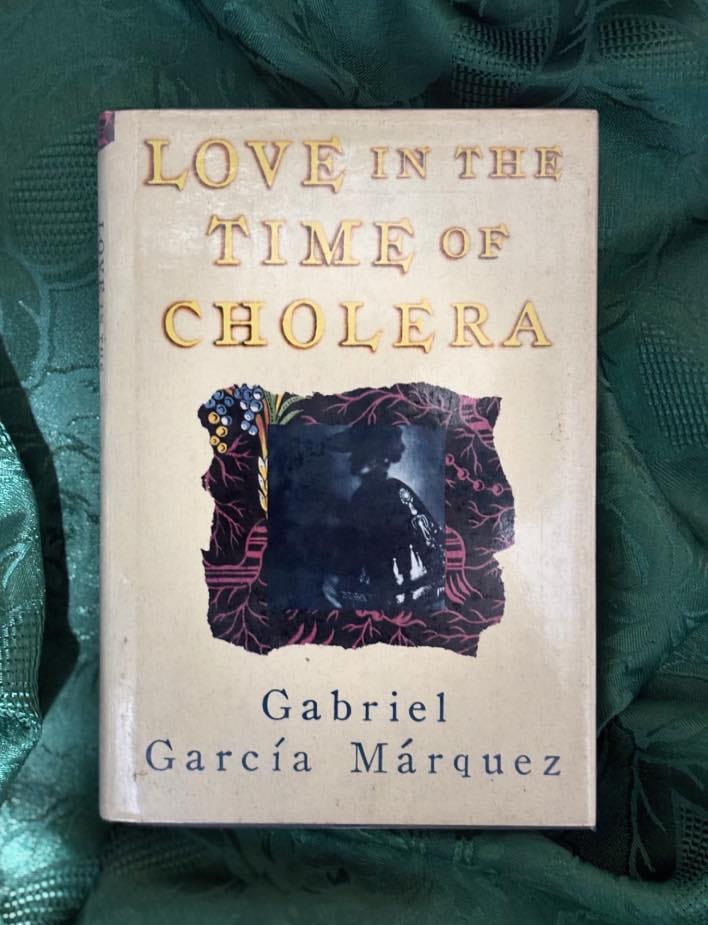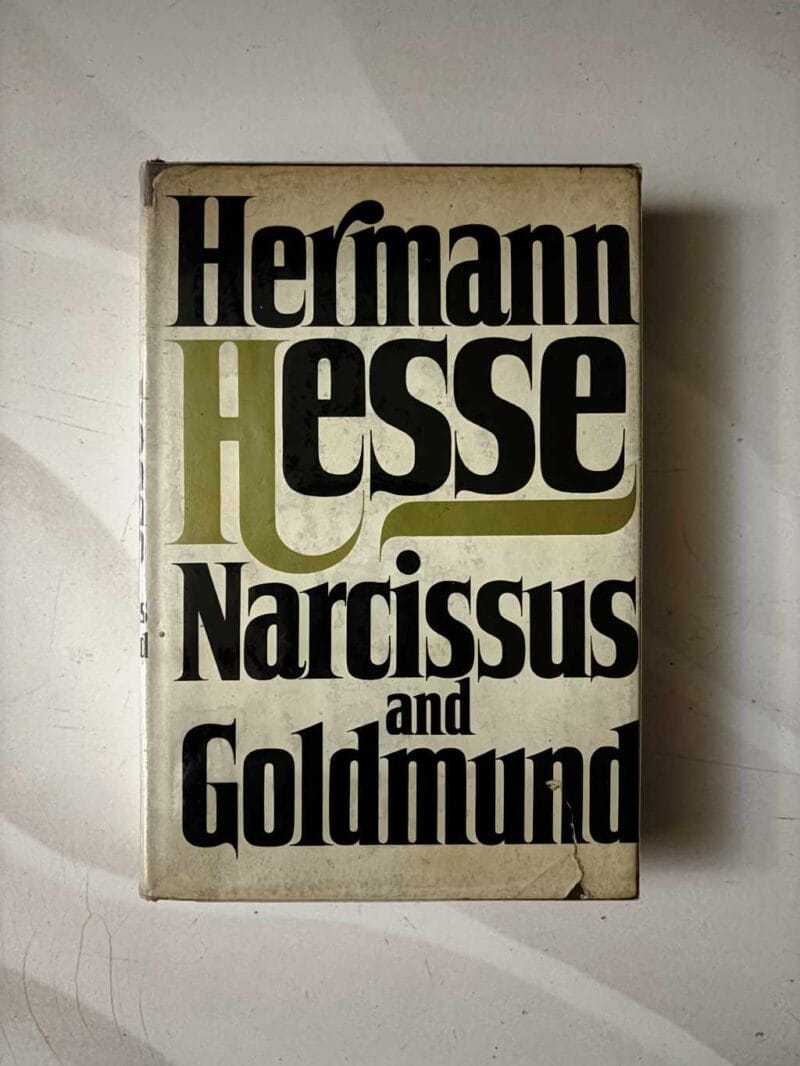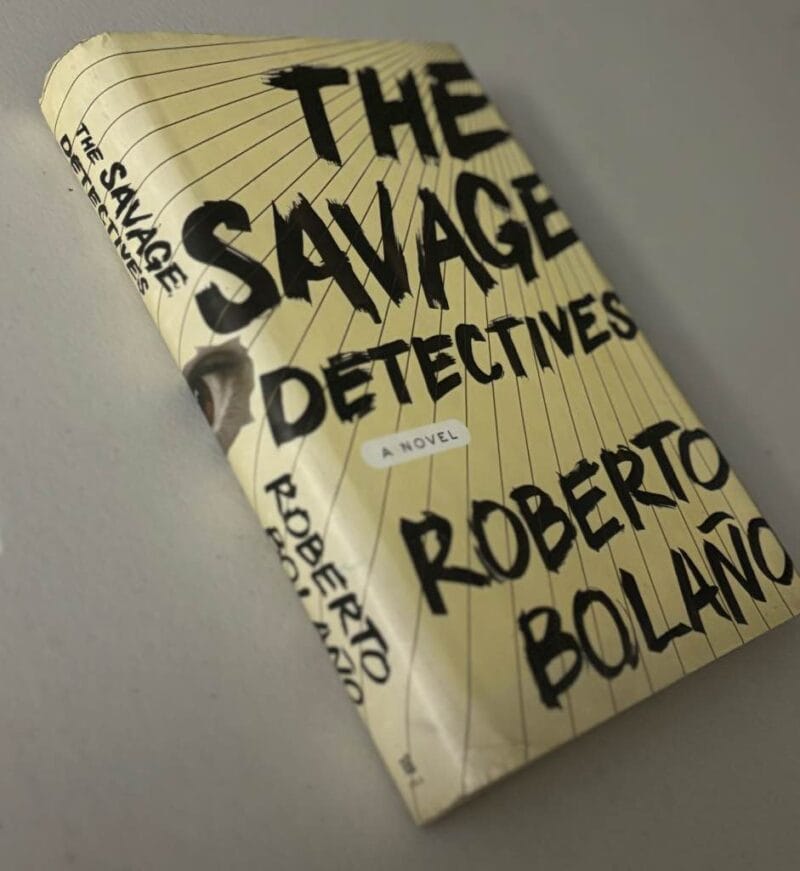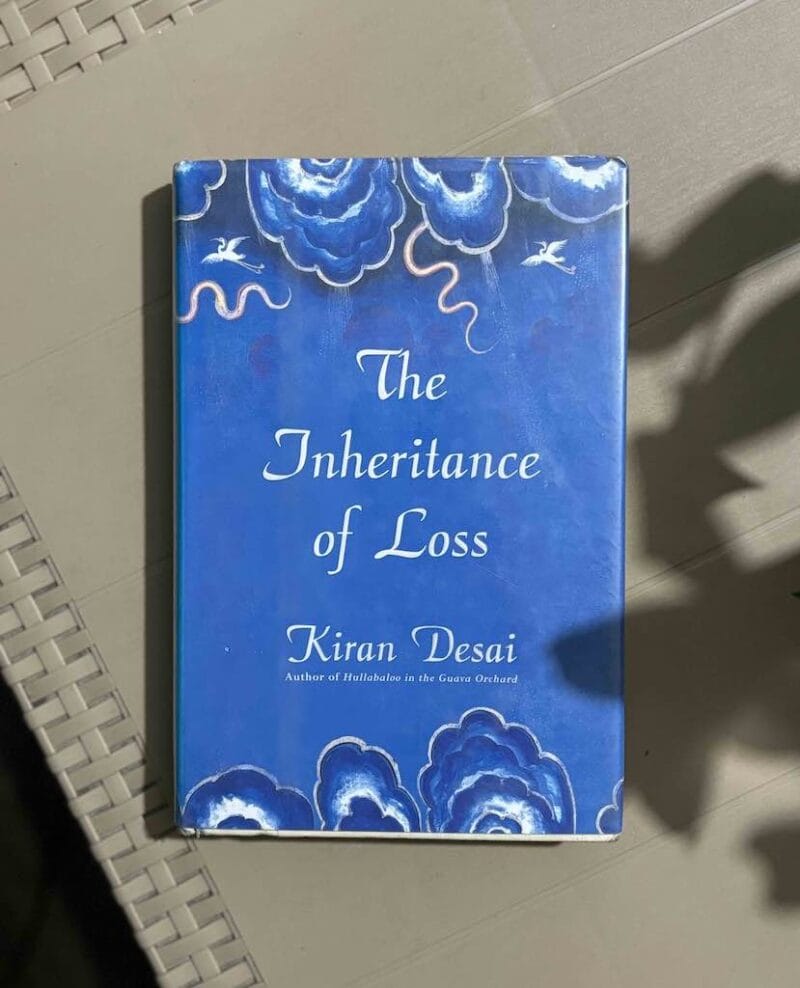Love in the Time of Cholera (Spanish: El amor en los tiempos del cólera, 1985) by Colombian author Gabriel García Márquez delves into the nature of love in all of its complexities, set within a cholera-stricken South American community. García Márquez’s book presents a detailed account of enduring devotion that confronts various obstacles, illustrating how love can persist in the face of adversity and the inevitable passage of time.
The novel, set in a Caribbean seaport at the turn of the 20th century, follows the lives of Florentino Ariza and Fermina Daza, whose youthful romance is thwarted by circumstances, external pressures, and misunderstanding. Their love story, spanning over fifty years, traverses the boundaries of time. Unlike a conventional romance, García Marquez’s tale delves deeply into the facets of love in its myriad forms—intense, unrequited, mature, and enduring.
In 2007, the novel was adapted into a film directed by Mike Newell, starring Javier Bardem as Florentino Ariza and Giovanna Mezzogiorno as Fermina Daza. While the movie received mixed reviews and performed modestly at the box office, it introduced García Márquez’s story to a wider audience, showcasing the timeless themes of love and longing that have made the novel a beloved classic.
Character Development

At the heart of the novel is the intricate development of its key characters, particularly Florentino and Fermina, who are rendered with depth and complexity, making them feel almost archetypal while still distinctly human. Their relationship begins with passionate letters and secret meetings, only to be abruptly ended by Fermina’s rejection. This sets the stage for Florentino’s lifelong yearning.
Florentino is portrayed initially as a lovesick youth whose unyielding passion for Fermina defines much of his life. Despite his numerous flaws and the controversial nature of some of his actions, Florentino’s character is redeemed by his steadfast commitment to his love. His devotion spans half a century, despite Fermina’s eventual marriage to another man.
Fermina, on the other hand, provides a counterbalance to Florentino’s idealism with her pragmatic approach to love. Her relationship with Florentino is contrasted with her marriage to Dr. Juvenal Urbino, a bond marked by mutual respect and stability rather than passion. The dynamics between these characters—Florentino’s undying pursuit, Fermina’s practicality, and Urbino’s rationality—create a rich interplay of emotions and motivations that drive the narrative forward.
Through these characters, García Marquez examines love’s contradictions: its capacity to inspire, to consume, and to endure. Each character’s journey reflects a different facet of love—about the ways love can differ from one person to another and how it changes within a single lifetime. By understanding these characters and their outlooks on love, readers are able to explore broader questions about romantic ideals, loyalty, and the limits of desire.
Symbolism and Recurring Motifs
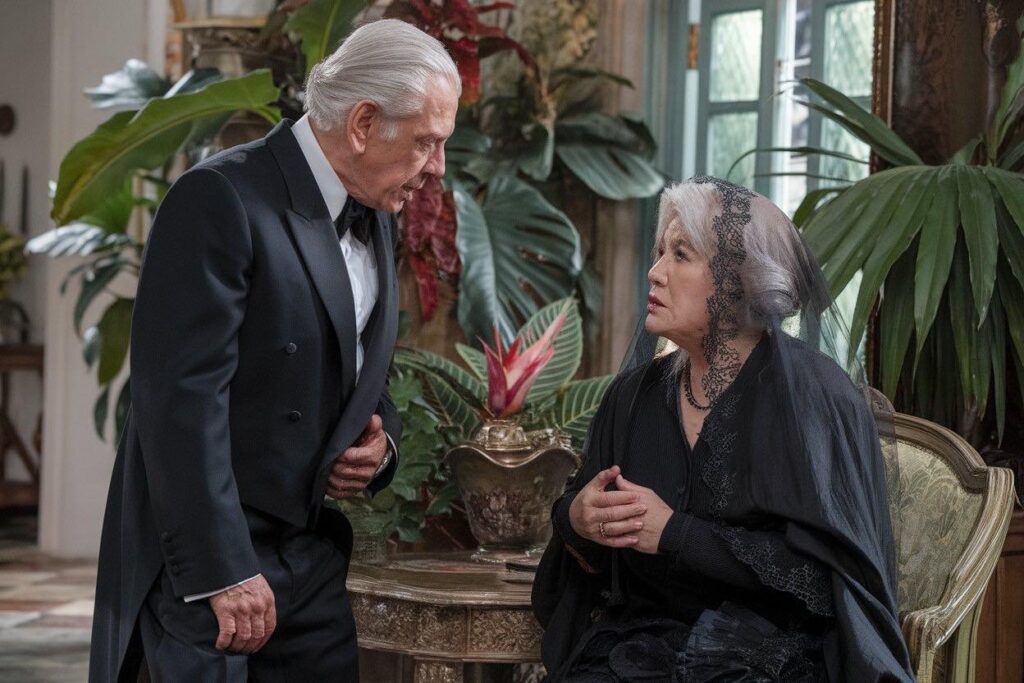
García Marquez uses a wealth of symbols and motifs to deepen the emotional and thematic resonance of the novel. The cholera epidemic, for example, becomes a striking metaphor for love itself. This metaphorical use of cholera underscores the intensity and sometimes destructive power of human emotions. García Marquez draws powerful parallels between love and disease, urging readers to see love as something beyond human control, unpredictable, and consuming.
The book goes beyond romantic idealism, challenging readers to consider how love can sometimes border on obsession, feel like a burden, or even feel like an illness. Through García Marquez’s subtle and nuanced approach, love is shown not as something static but as a living entity that can grow, mutate, and sometimes overwhelm.
At its heart, Love in the Time of Cholera explores love not as a single, idealized concept but as a force that takes many forms and evolves over a lifetime. García Marquez weaves different shades of love throughout the story, from the thrill of youthful infatuation to the deep-rooted affections of mature love, as well as the painful sting of unrequited affection.
Other symbols, such as rivers and flowers, further enrich the novel’s narrative arc. Rivers, with their constant flow, reflect the passage of time and the endurance of emotions despite life’s many changes. They represent the flow of time and the journey of life, with their constant movement and ever-changing nature. The river’s significance is particularly profound in the novel’s conclusion, where it symbolizes both an end and a new beginning for the characters.
For Florentino, flowers—particularly the camellias he sends to Fermina—become tokens of his passion and longing. These floral gestures not only symbolize his romantic devotion but also his idealized, almost obsessive, vision of love. The fragility and beauty of flowers reflect the delicate, often ephemeral nature of his feelings, while their repeated appearance highlights his unwavering persistence over the years.
Literary Style and Narrative Techniques
Magical Realism
Of course, no exploration of García Márquez’s work would be complete without acknowledging his signature magical realism, although more subtly applied in this book compared to his other work, One Hundred Years of Solitude (Cien Años de Soledad, 1967). The magical realism in Love in the Time of Cholera doesn’t manifest in overtly supernatural events but rather in the heightened, poetic, and almost mythic portrayal of love and longing.
The novel is infused with a dreamlike quality, blurring the lines between fantasy and reality in its treatment of intense romantic passion. Characters experience love in ways that feel surreal or larger-than-life—for instance, Florentino’s obsessive love for Fermina across decades has an almost otherworldly persistence and power.
Sensory Details and Imagery

Through specific passages, García Marquez creates scenes so vivid that they engage not only the imagination but also the senses. The scent of flowers, the bustling streets, and the quiet moments of solitude are painted with such attention to detail that readers can almost feel them. This use of sensory descriptions doesn’t just enhance the visual aspect of the novel but also deepens its emotional texture, drawing readers into the characters’ experiences in an intimate way.
Visual imagery is particularly strong, with García Márquez’s skillful use of words allowing readers to experience the story on a visceral level, creating pictures of characters’ appearances, the lush landscape, and the colonial architecture of the unnamed Caribbean city. Olfactory descriptions are equally powerful, with scents of flowers, food, and the sea permeating the narrative.
Nonlinear Narrative Structure
The story is told through a nonlinear narrative, intertwining past and present in a way that mirrors how memories often work in real life. Rather than following a traditional, chronological path, García Marquez lets time fluctuate, reflecting how love can make it feel both fleeting and endless.
This approach mirrors the fluidity of memory and time, emphasizing how past events continually shape the present and future. The omniscient third-person point of view provides a panoramic perspective of the characters’ lives, delivering a richly layered story that allows readers to delve into the minds and hearts of the protagonists.
Of Love, Death, and Aging

One of García Márquez’s most intriguing techniques in Love in the Time of Cholera is his masterful use of time. Through shifting timelines and a nonlinear narrative, the novel explores the evolving nature of love, death, and aging. This manipulation of time underscores how these themes are deeply interwoven throughout the characters’ lives.
Love is portrayed not only as a powerful force that can endure decades but also as a source of pain and obsession. Aging is depicted as both a physical process and an emotional journey. The characters’ experiences change as they grow older, offering a nuanced view of how time affects our feelings of love and desire.
This treatment of time also highlights the importance of memory and nostalgia, which are also central themes in the book. García Marquez captures how our understanding of love can shift as we look back on it, revealing how emotions and experiences become richer, or sometimes more complex, with age. Readers are encouraged to see love as something that exists not just in the present but also in the memories we carry.
García Márquez presents aging not just as decline but as a transformative process that shapes perspectives on life and love. Death looms throughout the narrative, often juxtaposed with love. The cholera epidemic serves as a backdrop, reminding readers of life’s fragility. Characters grapple with mortality, adding weight to their relationships and decisions.
Film Adaptation
The film adaptation of Love in the Time of Cholera translates García Marquez’s complex narrative into a visual medium. The adaptation stays relatively faithful to the source material, capturing the essential plot and character arcs. While some literary elements—like García Márquez’s poetic prose and layered symbolism—are difficult to convey on screen, the film uses visual cues, costumes, and atmosphere to evoke the same ambiance that permeates the novel.
One of the strengths of the film is its visual depiction of the Caribbean setting, bringing García Marquez’s vividly described world to life. The use of color, light, and composition in the film complements García Marquez’s rich imagery and helps convey the novel’s emotional tones.
However, the medium of film necessitates certain compromises. The intricate internal monologues and the novel’s deep psychological insights are difficult to capture on screen. The nonlinear narrative is also streamlined for cinematic coherence, which can alter the experience for those familiar with the novel. Despite these challenges, the film adaptation serves as a companion piece to the novel, offering a different lens through which to view García Marquez’s masterpiece.
Selected Passage with Analysis
I have waited for this opportunity for more than half a century, to repeat to you once again my vow of eternal fidelity and everlasting love.
Page 50, Love in the Time of Cholera by Gabriel García Márquez
Taken from the book's first chapter, this passage occurs at the funeral of Fermina’s husband, Dr. Juvenal Urbino, who has just died in an accident. As Fermina grieves, Florentino sees an opportunity he has waited decades for, and, despite the highly inappropriate timing, he seizes the moment to profess his love once more. His declaration catches Fermina off-guard and reveals Florentino's unrelenting, almost obsessive, commitment.
García Márquez employs hyperbolic language here, with "eternal" and "everlasting," to underscore Florentino’s devotion to Fermina while subtly questioning whether such sentiments are realistic or sustainable. This line, spoken in the twilight of their lives, also imbues the scene with irony, as the fervor of youthful love confronts the reality of aging.
The setting of a funeral — somber, formal, and emotionally charged — heightens the irony and audacity of Florentino’s vow. García Márquez uses this unconventional context to immediately introduce the novel’s exploration of idealized love versus reality while also underscoring the tension between life, love, and death. Florentino’s words embody the novel’s theme of love’s persistence and the lengths to which one might go to fulfill an unrequited passion.
Further Reading
The Heart’s Eternal Vow by Thomas Pynchon, The New York Times
Unshelved: Less Than in Love With Love in the Time of Cholera by Sienna Brancato, The Georgetown Voice
Love in the Time of Cholera Study Guide by LitCharts
Your Guide to Love in the Time of Cholera by Oprah’s Book Club
